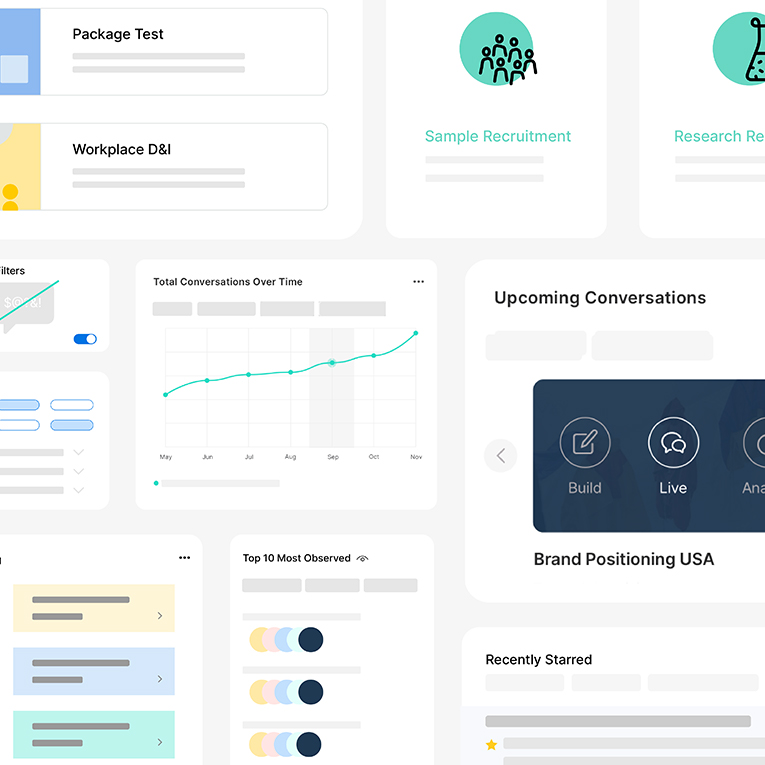.webp)
Trends
How to Calculate Your Sample Size Using a Sample Size Formula

.png)

.png)
Read More

.png)
.png)
.png)
Maria Noesi
November 25, 2021
Remesher
.webp)
Trends
How to Calculate Your Sample Size Using a Sample Size Formula

.png)

.png)
Read More

.png)
.png)
.png)
November 25, 2021
Remesher
.webp)
Trends
How to Calculate Your Sample Size Using a Sample Size Formula

.png)

.png)
Read More

.png)
.png)
.png)
November 25, 2021
Remesher
.webp)
Trends
How to Calculate Your Sample Size Using a Sample Size Formula

.png)

.png)
Read More

.png)
.png)
.png)
November 25, 2021
Remesher
.webp)
Trends
How to Calculate Your Sample Size Using a Sample Size Formula

.png)

.png)
Read More

.png)
.png)
.png)
November 25, 2021
Remesher
.webp)
Trends
How to Calculate Your Sample Size Using a Sample Size Formula

.png)

.png)
Read More

.png)
.png)
.png)
November 25, 2021
Remesher
Mapping Out the Nonconscious to Understand Conscious Consumer Decisions
The question of what drives human emotion fixates marketers and market researchers alike. The answer would unlock tremendous, continuous market success.

Reimagining technology’s role in market research.
Beyond Freud
The question of what drives human emotion fixates marketers and market researchers alike. The answer would unlock tremendous, continuous market success. Market researchers inch closer to the elusive answer each year, and in the past decade have made the greatest strides by focusing on understanding consumer responses through the lens of non-conscious language. The concept is not a new one, having been thrust into discussion by the famous Sigmund Freud in his 1915 essay “The Unconscious.”
However, our understanding of this mysterious part of our brain has evolved beyond Freud’s theory. For one, he underestimated the extent brain activity in our decision making process is non-conscious. Thanks to dozens of studies over the past several years, we know the conscious mind occupies a small portion of our total mental activity. This implies a vast part of our personality, biases, and preferences are shaped by our non-conscious mental activity, and largely rejects the notion that our subconscious only reboots itself when we snooze.
Know Your Jargon
While non-conscious, unconscious, and subconscious are all mental process we are generally unaware of, the three have important distinctions. Our conscious minds process the things we are aware of on the outside as well as on the inside of our brains. We are aware our chair is uncomfortable or that it is terribly cold outside in Brooklyn today. Our subconscious thoughts can be thought of as memories that we can recall, say, the way to the nearest Starbucks or how to tie a knot. On the other hand, the unconscious (or nonconscious mind) consists of the “primitive, instinctual wishes as well as the information that we cannot access.” Past experiences shape our perceptions of what we like and how we behave.
The knowledge of how emotions drive consumer decisions can be used to shape our marketing, product strategy, and so on, for greater market success. At Remesh, we have developed an AI framework that we are testing to measure the non-conscious implications behind natural language responses allowing us to map the emotions that drive the consumer. Recognizing that behind our natural language is a conscious choice, behind that conscious choice is our cognition, driving that cognition is conscious emotions and beliefs, and hidden behind them all are nonconscious emotions, beliefs, biases, and behaviors. In a survey, we only see the conscious choice without insight into the nuanced layers supporting that decision. By extracting these nonconscious attributes from natural language and mapping them out for different responses from consumers a true understanding of the consumer emerges.
How it Works
The first step maps out the natural language of the consumer response into ‘concept space.’ We’ve built a 300 dimensional (you read that correctly) ‘concept space’ (just think of it as an emotional map) to extrapolate the themes and attributes of each response. Simply put, the algorithms we use have read 3 billion articles from the internet to understand what words and phrases mean in various contexts, and uses that knowledge to create an attribute map, the ‘concept space.’ The process enables our tool to highlight the unique ways people express themselves and detect key attributes, such as ability, personality, and authenticity.

After mapping out ‘concept space,’ examples of nonconscious expression in language are used to train neural networks to identify the subtle patterns which correspond to different attributes of nonconscious expression. This results in a system which takes natural language as an input and outputs a breakdown of nonconscious attributes found in that language. Meaning, our technology can take the sentence “Trump always speaks what’s on his mind, but that doesn’t mean I trust his judgement,” and understand that this person thinks Trump is highly authentic but has low levels of ability.

A helpful comparison for how our tool builds its knowledge of natural language is the basics of facial recognition systems. Step one: an algorithm scans hundreds of thousands of pictures, and picks up certain basic shapes: a curve here, a dot there. Then it starts to recognize patterns of combinations of basic shapes, that may, for instance, form a nose or ear. Step two: patterns of these patterns then begin to form faces, and finally the algorithm can recognize hundreds of thousands of patterns of combinations of different people’s faces, so you can easily tag your friend on Facebook without searching their name first.

Why Does this Matter?
In attempting to crack open the enigma of what drives the consumer decision process, it is important to recognize that our conscious actions are predominated by our nonconscious mind. However, one cannot contextualize one without the other, and while we may not yet have a tool to read the minds of consumers, a platform that rapidly processes natural, language and interprets its nonconscious context takes us a lot closer than we’ve ever been before.

Stay up-to date.
Stay ahead of the curve. Get it all. Or get what suits you. Our 101 material is great if you’re used to working with an agency. Are you a seasoned pro? Sign up to receive just our advanced materials.






